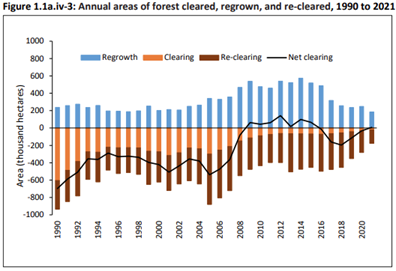Online shoppers are experiencing a new reality as artificial intelligence (AI) drives changes in pricing strategies. When browsing for a flight to Melbourne, for example, a ticket may start at $300, then rise to $320 within hours before dropping to $280. This phenomenon, known as algorithmic pricing, leverages technology to assess and adjust prices based on individual consumer behavior and market conditions.
The concept of pricing has evolved significantly with the advent of AI. Companies are not only utilizing dynamic pricing, which fluctuates according to overall demand and market conditions, but are also adopting personalised pricing models. These models analyse individual customer data to tailor prices, raising pressing questions about fairness and transparency.
Understanding Pricing Models
Dynamic pricing, a model familiar to many, reacts directly to market conditions and has been employed for years in industries such as travel and retail. Algorithms monitor a variety of factors, including supply levels, demand fluctuations, and competitor pricing. When demand rises, prices increase; conversely, they decrease when demand wanes. Examples include surge pricing for ride-hailing services and higher airfare during peak travel seasons.
Personalised pricing takes this a step further by utilizing personal data such as browsing history, past purchases, and even geographical location to determine what price a consumer is likely to accept. Two shoppers looking at the same item at the same time may encounter different prices based on their online behavior. The European Parliament characterizes personalised pricing as “price differentiation for identical products or services at the same time based on information a trader holds about a potential customer.”
The Rise of AI in Pricing
The airline industry was among the first to adopt these pricing strategies. Following deregulation in the 1990s, airlines began using “yield management” to adjust fares based on seat availability and booking timing. This practice has evolved to incorporate personalisation, allowing airlines to tailor fare offers by analysing shopping behavior and social media interactions.
Hotels have followed suit, often raising base rates but then offering discounts to returning guests or those who linger on booking pages. Such revenue management strategies enable hotels to target different customer segments effectively, with AI enhancing the process by integrating vast amounts of customer data for individual pricing decisions.
The trend is now expanding beyond airlines and hotels. E-commerce platforms like Booking.com are routinely exploring personalised discounts based on user profiles. This strategy extends to various sectors, including ride-share applications, grocery promotions, and digital subscription services, all striving to maximize revenue through tailored pricing.
AI-driven personalised pricing systems rely heavily on data collection. Every interaction—clicks, time spent on pages, previous purchases, location, and device type—contributes to a consumer profile. Machine learning models assess this information to predict a customer’s willingness to pay, allowing companies to set prices that optimize revenue while minimizing the risk of losing sales.
Despite the potential benefits, the approach of personalised pricing carries significant risks.
The Australian Competition and Consumer Commission (ACCC) is particularly concerned about these developments. In June 2023, the commission published findings from a five-year inquiry highlighting issues such as algorithmic transparency and unfair trading practices. The ACCC noted that existing laws are inadequate and called for immediate regulatory reforms. Their recommendations include enhanced oversight of digital platforms and the establishment of economy-wide unfair trading regulations.
As consumers face the prospect of differing prices based on their online profiles, the debate intensifies over whether this practice is efficient or intrusive. While personalised pricing can enhance efficiency and foster customer loyalty, it can also evoke feelings of exploitation and unfairness.
The challenge ahead for businesses is to implement AI-driven pricing ethically and transparently, fostering trust among consumers. For regulators, the task is to adapt to rapidly changing technologies. The ACCC’s proactive measures indicate that Australia is moving toward stricter regulation, although numerous legal and ethical questions remain unresolved.
Nitika Garg, a professor of marketing at UNSW Sydney, emphasizes the complexities surrounding this issue. As companies continue to innovate in pricing strategies, it will be vital for both businesses and regulators to navigate the fine line between personalized service and consumer rights.

































































